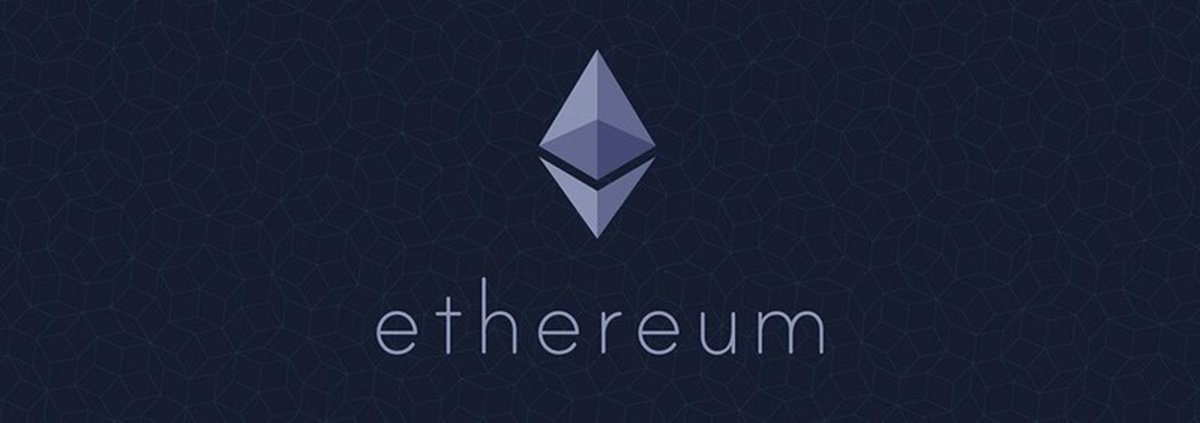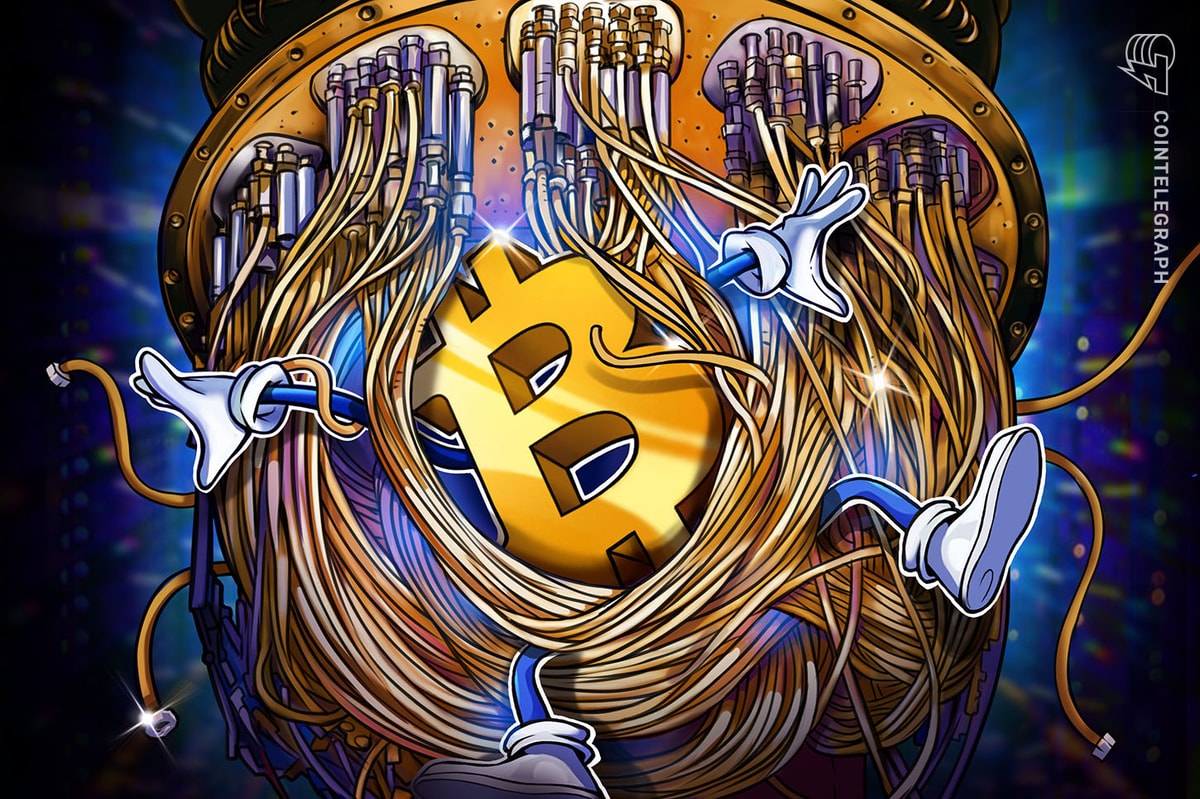
You could hear a pin drop at the recent Toronto DEC_TECH conference as Vitalik Buterin told a standing-room-only crowd about his remarkable journey to build Ethereum – a decentralized open source peer-to-peer web-based platform – that he calls “the foundational platform for everything.”
Buterin has been called a “crypto-anarchist visionary,” and at the age of 21 he has already beat out Facebook’s Mark Zuckerberg to win the World Technology Prize for software development and invented the Ethereum blockchain.
At the DEC_TECH event, Buterin shared his “Launch Roadmap” for the release of different components of the Ethereum project:
- Frontier – soon! (we now know it’s July 29/30)
- Homestead – 2 to 4 months
- Metropolis – 4 to 8 months
- Serenity – 6 to 12 months
- Virtual Machine upgrades – 1 year, 2 months
- Scalability – 2 years
Ethereum launch – how it will happen
The launch of Ethereum will take place late July 29 into early July 30, depending on what part of the world you’re in.
This will be the launch of the first component – “Frontier” – named after the American Wild West, where programmers will fight to survive in a relatively primitive and unexplored environment.
It is expected any day now, but the Ethereum team, like NASA before a shuttle launch, has missed some expected launch dates to ensure that all systems were well tested and coordinated before hitting the “on” button.
Anthony Di Iorio, Ethereum co-founder, explained that the Frontier stage, will be mainly for the developers.
“The majority of focus and current goal of Ethereum is to get the tools into the hands of developers and to show them how they can create the products end users will eventually value,” he said. “Less time and resources have been spent explaining Ethereum to end consumers, enterprises, and institutions.”
Bitcoin Magazine asked Stephan Tual, chief communications officer for the Ethereum project, what kind of response they are expecting from developers on July 29/30. He explained:
“In terms of users for Frontier, it’s impossible to tell of course,” he said. “We have 15K followers on Twitter, and receive about 100K page views on our website per month. Frontier is a very technical launch targeted at developers and we expect the user base to grow slowly from there.”
On his blog, Tual explains why the Ethereum launch is not really a launch at all:
“Frontier is now feature complete and its codebase has been frozen for two weeks. As a team we are currently reviewing the final steps for the release, not all of them technical. There will be no countdown – Ethereum is not something that’s centrally ‘launched,’ but instead emerges from consensus. Users will have to voluntarily download and run a specific version of the software, then manually generate and load the Genesis block to join the official project’s network.”
Ethereum Crowdfunding
Di Iorio was involved in the initial crowdfunding for Ethereum and told Bitcoin Magazine that at the time, in September 2014, it was the most successful crowd sale in history (over $18 million USD was raised). Now it is still the third most successful of any crowdfunding venture to date.
“The key with the crowdsale of ether was to make it available to as many people as possible and to build a global community,” Di Iorio said. “We’ve always been about inclusiveness and considered the project a community-led effort.”
Ether is the currency that goes with Ethereum, but unlike bitcoin, is not meant to be a general means of payment, but a specific funding device for the Ethereum project.
Ethereum has No Headquarters
Although Toronto was the birthplace of Ethereum, it would be hard to say where the company’s center is, and that’s part of the plan to stay decentralized. There are members of the Ethereum team in Switzerland, London, Amsterdam, even Brazil.
When Buterin was asked at DEC_TEC “Why do you do it?” he said, “To make things better for people, simpler and easier to use. I do it because it needs to be done.”
This article was updated to correct the spelling of Mark Zuckerberg’s name and the incorrect listing Nassau.









